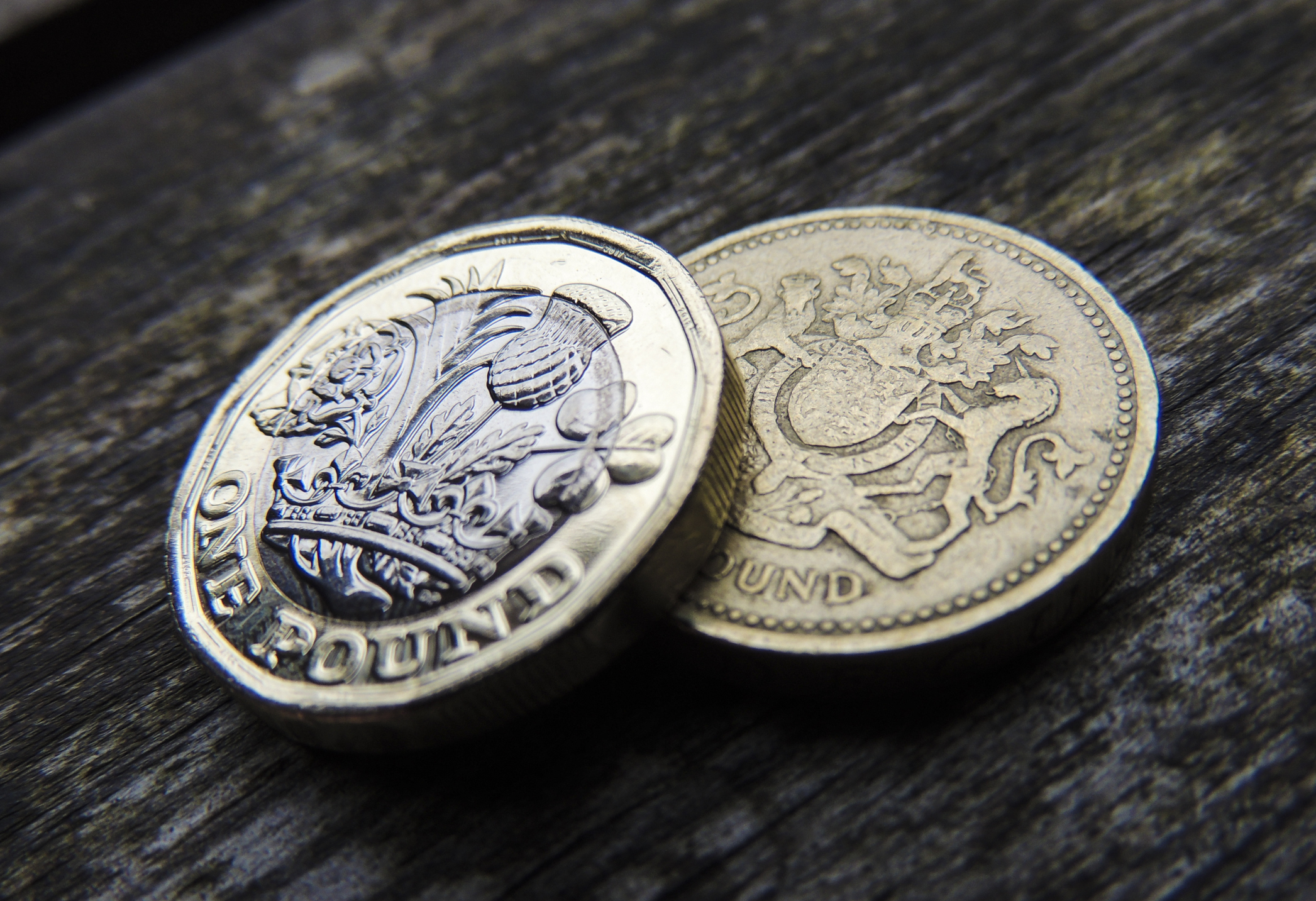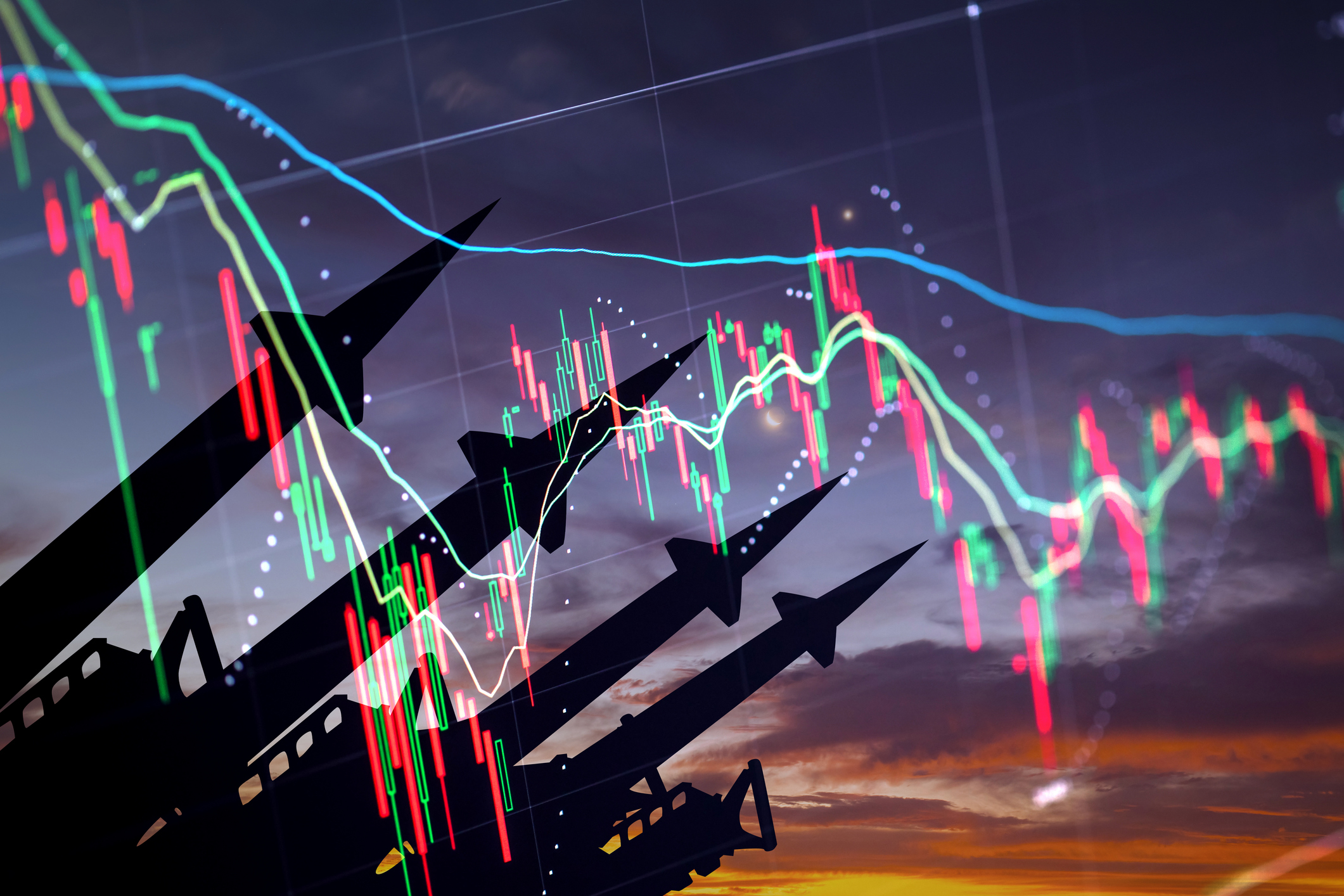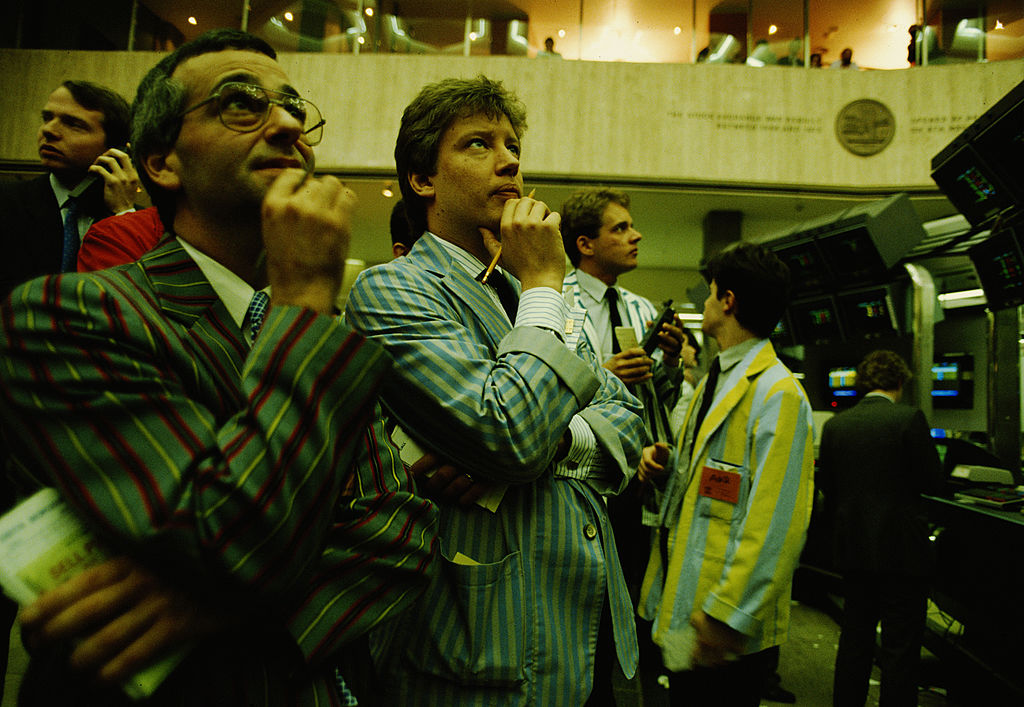Commodity markets rally as demand for raw materials climbs
Commodity markets have soared this year as reopening economies and the transition to green energy have driven a boom in demand for raw materials.
Commodity markets have soared this year, but investors had to choose their bets carefully to profit. The S&P GSCI index of 24 major raw materials, a key benchmark, has climbed by 30% since the start of the year. Reopening economies and the green transition have driven a boom in demand for raw materials.
“Green metals”, those needed in the shift to renewable energy and electric vehicles, have done especially well since the start of the year, with copper climbing by 23%, nickel up by almost a fifth and aluminium soaring by 7%. The standout performer has been lithium, a vital ingredient used for making rechargeable batteries. The metal has gained 240% this year. Agricultural – “soft” – commodities have also surged, prompting fears about global food shortages. US wheat and corn prices have risen by 21% and 23% respectively. Cotton, up 37%, and coffee, 84%, have climbed by even more.
While investors grow excited about the battery revolution, more carbon-intensive energy sources have also rallied. Brent crude oil has gained 38% since the start of the year. Newcastle Coal futures, an Australian benchmark of thermal coal prices, have more than doubled.
MoneyWeek
Subscribe to MoneyWeek today and get your first six magazine issues absolutely FREE

Sign up to Money Morning
Don't miss the latest investment and personal finances news, market analysis, plus money-saving tips with our free twice-daily newsletter
Don't miss the latest investment and personal finances news, market analysis, plus money-saving tips with our free twice-daily newsletter
It has been a year of two halves for steelmaking-ingredient iron ore. Prices soared to a record high in May due to strong Chinese demand, then slumped in the summer as steel production fell and the local property market wobbled. Iron ore is 28% lower than on 1 January.
Precious metals disappoint
It has been a year to forget for precious metals. Platinum is down by 13%. Silver has fallen by 15% so far this year, putting it on track for its biggest annual loss since 2014, says Myra Saefong in Barron’s. You might have expected the wider industrial-metals rally to boost silver – the metal is used in industry as well as for jewellery. However, that is outweighed by silver’s status as an investment metal, says Decio Nascimento of Norbury Partners. Investors regard silver as a “high-beta version of gold”, meaning “when gold falls, silver falls even more”. Gold has slipped by 5% since the start of the year.
Gold’s failure to rally in response to the highest US inflation in 39 years is puzzling, says Clyde Russell on Reuters. It is supposed to protect investors from currency debasement, but perhaps gold is really a hedge against turmoil rather than inflation: the last two big gold rallies (2008-2011 and 2020) were caused by “fears of a global economic and financial crisis” rather than rising prices.
Gold looks set to struggle again in 2022, says Warren Patterson of ING. The metal pays no dividend, so some will be tempted to sell it to take advantage of rising interest rates. What might trigger a gold rally? “Further severe waves of Covid-19” that cause central banks to do “a U-turn on tightening”.
Get the latest financial news, insights and expert analysis from our award-winning MoneyWeek team, to help you understand what really matters when it comes to your finances.
Alex is an investment writer who has been contributing to MoneyWeek since 2015. He has been the magazine’s markets editor since 2019.
Alex has a passion for demystifying the often arcane world of finance for a general readership. While financial media tends to focus compulsively on the latest trend, the best opportunities can lie forgotten elsewhere.
He is especially interested in European equities – where his fluent French helps him to cover the continent’s largest bourse – and emerging markets, where his experience living in Beijing, and conversational Chinese, prove useful.
Hailing from Leeds, he studied Philosophy, Politics and Economics at the University of Oxford. He also holds a Master of Public Health from the University of Manchester.
-
 ChatGPT turns three: what’s next for the ‘AI era’?
ChatGPT turns three: what’s next for the ‘AI era’?Three years after its launch kickstarted the age of AI, ChatGPT and its maker OpenAI are driving the stock market. But concerns are growing over whether OpenAI will be able to turn its AI dominance into profit.
-
 What to do with old £1 coins
What to do with old £1 coinsThe old one pound coin was demonetised in 2017, but there are still millions out there in the UK. Here’s what to do if you find an old £1.
-
 Big Short investor Michael Burry closes hedge fund Scion Capital
Big Short investor Michael Burry closes hedge fund Scion CapitalProfile Michael Burry rightly bet against the US mortgage market before the 2008 crisis. Now he is worried about the AI boom
-
 The global defence boom has moved beyond Europe – here’s how to profit
The global defence boom has moved beyond Europe – here’s how to profitOpinion Tom Bailey, head of research for the Future of Defence Indo-Pac ex-China UCITS ETF, picks three defence stocks where he'd put his money
-
 Profit from a return to the office with Workspace
Profit from a return to the office with WorkspaceWorkspace is an unloved play on the real estate investment trust sector as demand for flexible office space rises
-
 New frontiers: the future of cybersecurity and how to invest
New frontiers: the future of cybersecurity and how to investMatthew Partridge reviews the key trends in the cybersecurity sector and how to profit
-
 An “existential crisis” for investment trusts? We’ve heard it all before in the 70s
An “existential crisis” for investment trusts? We’ve heard it all before in the 70sOpinion Those fearing for the future of investment trusts should remember what happened 50 years ago, says Max King
-
 8 of the best properties for sale with wildlife ponds
8 of the best properties for sale with wildlife pondsThe best properties for sale with wildlife ponds – from a 16th-century house in the Ashdown Forest, to a property on Pembrokeshire’s Preseli Hills
-
 Why a copper crunch is looming
Why a copper crunch is loomingMiners are not investing in new copper supply despite rising demand from electrification of the economy, says Cris Sholto Heaton
-
 Where to look for Christmas gifts for collectors
Where to look for Christmas gifts for collectors“Buy now” marketplaces are rich hunting grounds when it comes to buying Christmas gifts for collectors, says Chris Carter